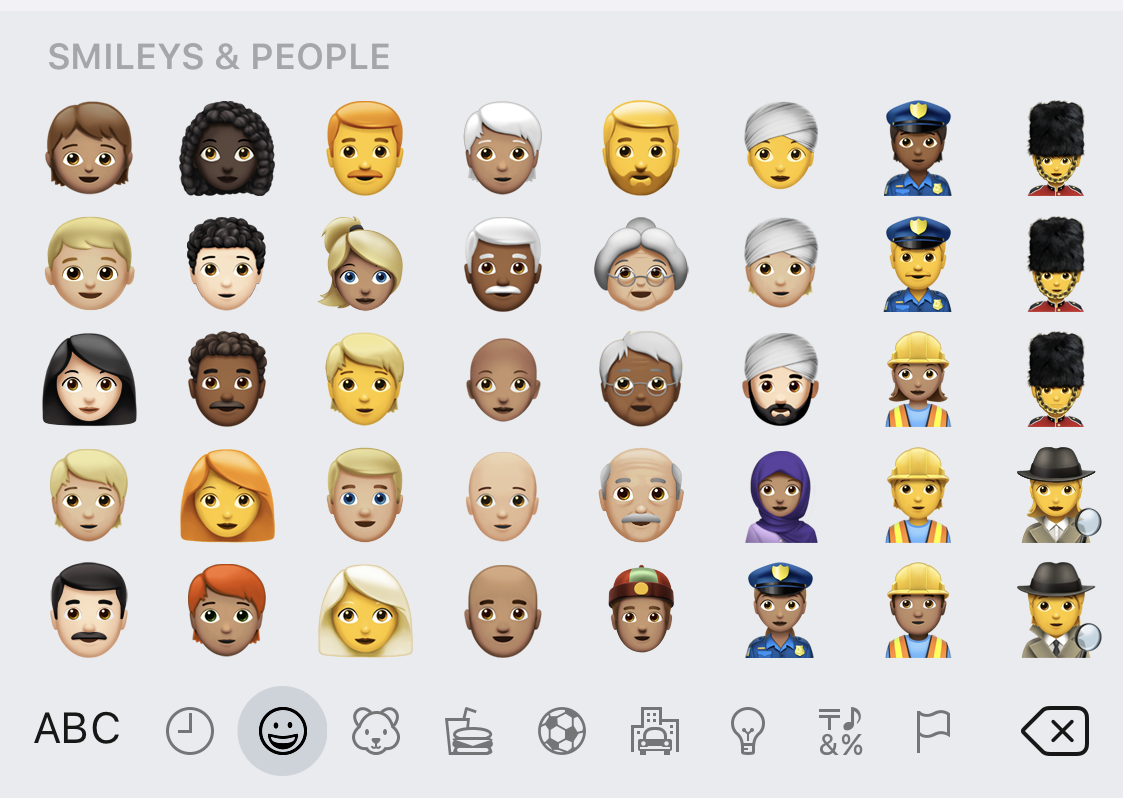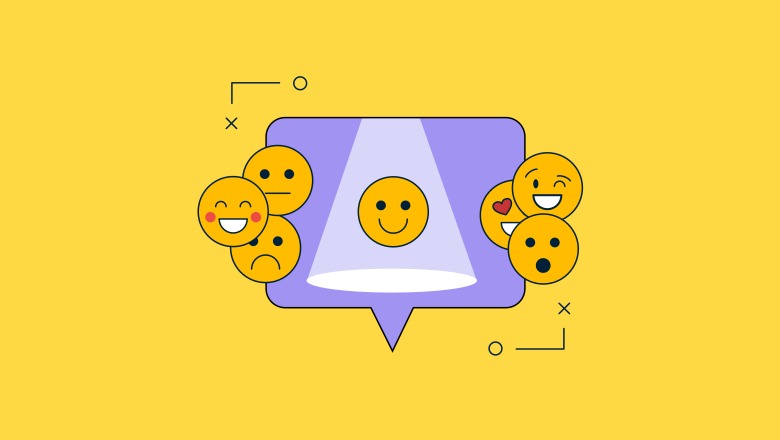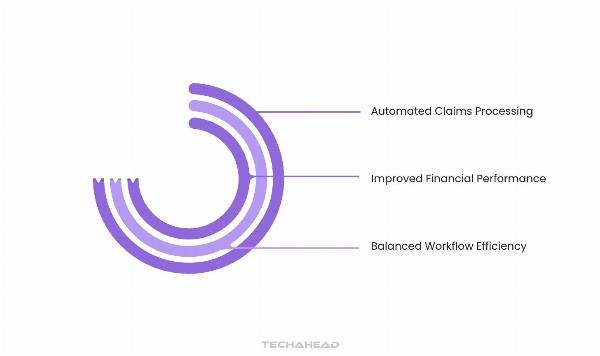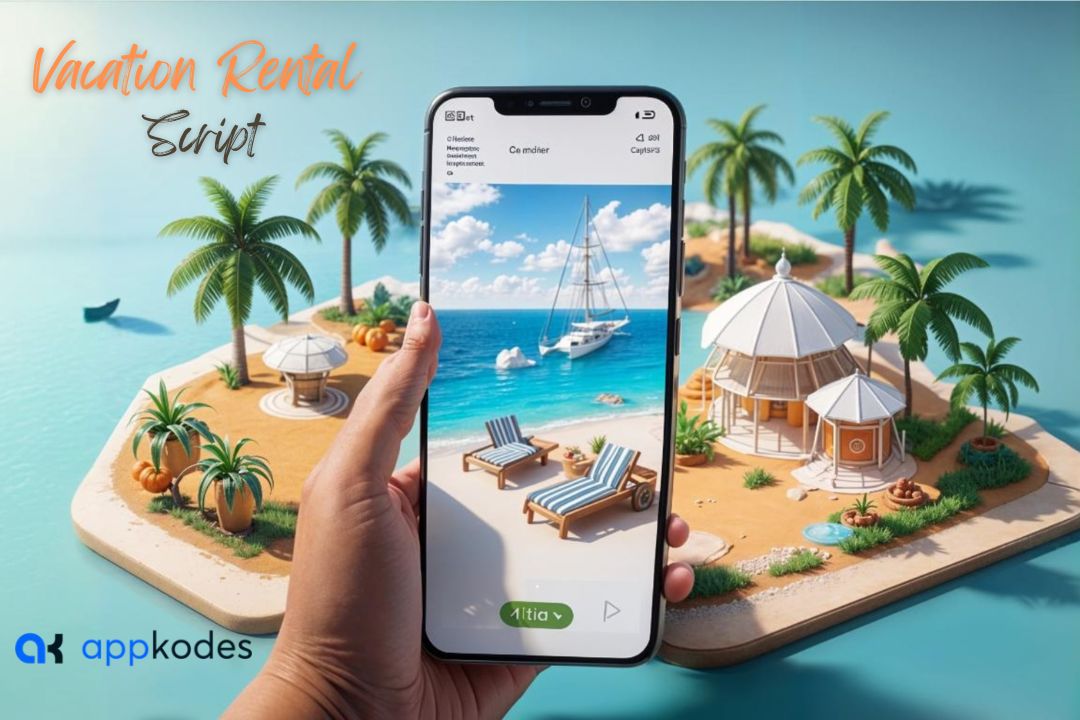They say that a picture is worth a thousand words. Using images in your marketing campaigns can communicate a lot about what types of emotions you're trying to convey. These days, you can deliver that same level of emotion with a single keyboard click.
We're talking about emoji.
Whether your audience is young and hip to the latest internet trends, or take a more traditional approach, emoji have a place on a variety of marketing channels.
Let's talk about what emoji are, where they came from, and how to use them in every aspect of your marketing campaigns.
What are emojis?
Even though they gained mainstream popularity within the last decade, Emoji were first created in the 1990s by a Japanese marketing agency. Originally, they were used as a derivation of standard typographic emoticons that were popular on the internet at the time. These images gave personality to the emoticons and added another level of self-expression to online communications. In 2011, Apple made the emoji a permanent part of their iOS 5 keyboard, launching the little faces into the spotlight.
Today there are 1,620 emoji in the iOS keyboard with new ones joining the lineup every year.
Emoji vs. emoticons
The emoticons of the '90s inspired the idea for emoji but the two words still represent two different sets of characters. You create emoticons by using certain keyboard characters to create a face that adds emotion to the text. Emoticons look like this:

Emoji are small images made up of pixels used to depict a variety of faces, activities and objects. New emoji are designed every year and added to the keyboards of your favorite smartphones.
Emoji add more depth and realism to the emoticons that came before them. Popular emoji range from everything from a kissy face, a slice of pizza, airplanes and more. Emoji can be customized to feature a variety of skin tones, hair colors, and textures.

Why use emoji in marketing?
If you follow a lot of brands on social media, you've noticed that more and more of them are using emoji in their messaging and branding. According to a study by WordStream, using an emoji in a Tweet can increase engagement by 25% compared to messages without emoji. Using an emoji in your Facebook posts can increase shares by 33% and interactions with your post by 57%.
Beyond these statistics, emoji can also help to make your brand more relatable, add context to your messaging, and appeal to the emotions of your audience on a deeper level.
Humanize your brand
When your audience trusts your brand, they're more likely to recommend you to others and become long-term supporters.
Using emoji in your messaging can add an extra level of personality and relatability to your brand. You can humanize your brand and relate to your audience by speaking their language with the emoji they use daily in text messaging, chat and personal social posts..
As an investment bank, Goldman Sachs is not known for having a youthful vibe. But that didn't stop them from showing off another side of their personality and appealing to a younger audience by sending out a tweet made up almost solely of emoji that tell a narrative on their own. When composing a Tweet like this, try reading your tweet aloud using the emoji names—while emoji can be read by screen readers, an overly long chain of them or use of repetitive ones can make your message harder to understand in that format.
How #millennials' life choices will reshape the #economy: http://t.co/GDzFHl9f8w 👦+📚=🎓➡🚫👔↪🏠👪🔙🕑🕒🕓🕖🕗🕙💼👔💏💍🏡👶
— Goldman Sachs (@GoldmanSachs) March 6, 2015














